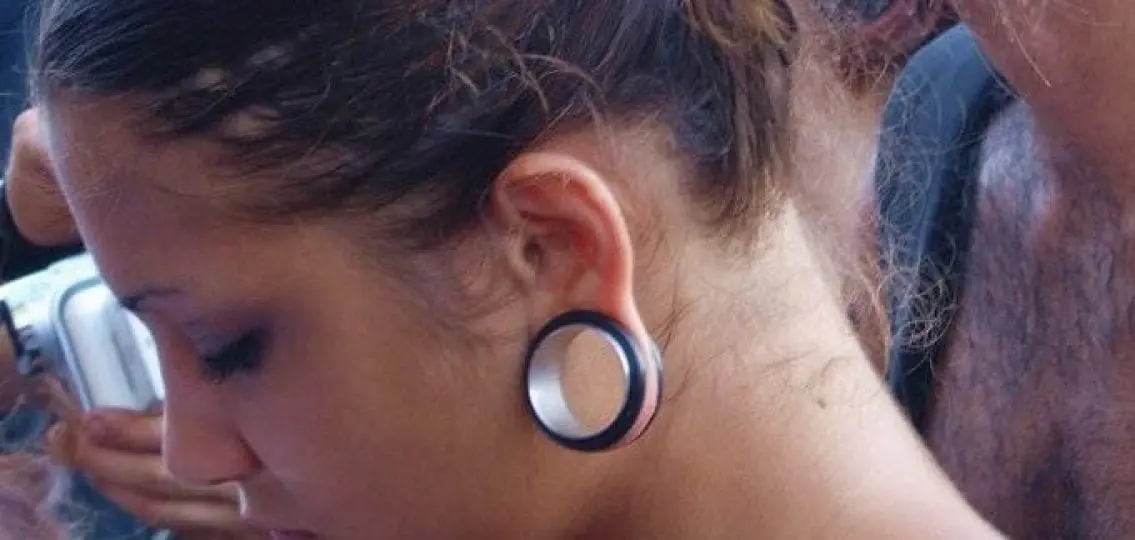Dear Your Teen:
My teenager wants an ear gauge. What do I need to know?
EXPERT | Dr. Carly Wilbur
The practice of stretching the earlobe (also called gauging) is not new. It’s been documented in African and Asian populations for centuries. Today’s teenagers stretch their earlobes for the same reason they pierce their eyebrows and tongues, dye their hair, or tattoo their skin: as a method of self-expression.
Ear Gauge Facts And What They Means For Your Teen
A traditional pierced ear leaves a hole that measures 14-16 gauge. The larger the gauge, the smaller the hole. So a size 00 gauge corresponds to a hole about 1 cm (1/2 inch) in diameter. It is generally accepted that once holes reach this size, spontaneous return to baseline earlobe size is not expected.
According to Elayne Angel, author of The Piercing Bible: The Definitive Guide to Safe Body Piercing and medical liaison to the Association of Professional Piercers (APP), piercing done under sterile conditions and with appropriate aftercare hygiene should be relatively safe. However, because gauging involves incremental increases in the size of the inserted plug or post, additional safety risks beyond the baseline threat of infection exist. Tissue damage, including rupture or tearing of the earlobe, is a real possibility. This complication is very painful and requires surgical repair.
Talking About Ear Stretching
If your teenager has approached you regarding an interest in an ear gauge, I recommend:
- Thank them for including you in the decision process prior to moving forward. Often adolescents can act rashly, and congratulations are in order for any young adult who behaves with forethought and consideration.
- Have your teenager investigate the dress code at their school and/or job. There may be specific restrictions regarding earlobe extenders or tunnels (hollow rings that maintain the round shape of the hole in the earlobe).
- Discuss your child’s goal or endpoint. Remind him or her that fashions trend, and what may seem like a good idea today, might be regrettable tomorrow. Because earlobes stretched beyond the 1 cm mark tend not to return to normal size, you could suggest that anything that permanently distorts the earlobe should be thoroughly deliberated before proceeding.
While you may not agree with your teenager’s means of personal expression (and this may in fact be a motivating factor for them), it is important to support the process of growth and independent decision-making. Standing against your teenager leaves them little choice but to dig deeper into their position. Together, you can come to a mutually-acceptable compromise that endorses independent expression and mature, future-oriented decision-making.




